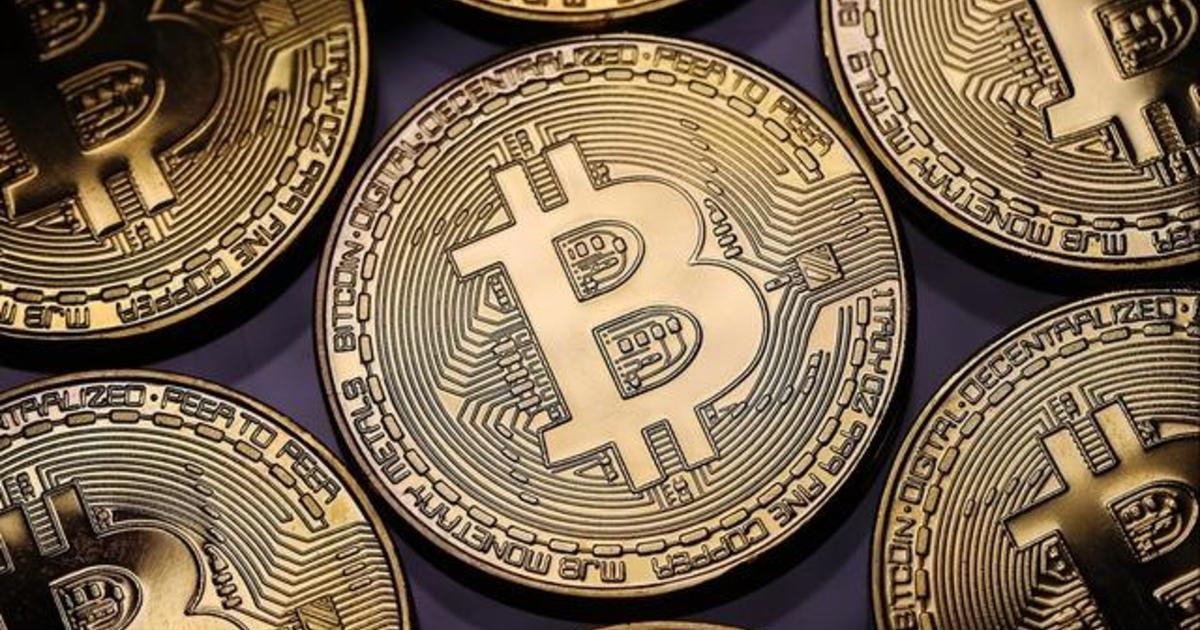
Bitcoin is expected to undergo a “halving” within the next day or two, a pre-planned event that could impact the production of the world’s largest cryptocurrency.
The halving, which occurs approximately every four years, was designed by the creator of Bitcoin, Satoshi Nakamototo effectively halve the reward that miners of the digital token receive. The idea is that by halving the amount bitcoin miners currently spend on their efforts, fewer bitcoins will enter the market, creating greater scarcity of the cryptocurrency.
This has sparked speculation that the halving could cause a surge in demand and drive up the price of bitcoin, which has already risen almost 50% since the start of the year. Much of the credit for Bitcoin’s recent rally is attributed to the early success of a new way of investing in the asset – spot Bitcoin ETFs, which were only approved by US regulators in January.
Here’s what you need to know about the Bitcoin “halving.”
What exactly is Bitcoin “halving”?
Bitcoin miners receive a fixed reward when they successfully validate a new block on the Bitcoin blockchain. This reward is currently 6.25 bitcoins, worth approximately $402,000, based on the token’s current trading price.
After the halving, miners will receive 3,125 bitcoins for achieving the same goal. As a result, the rate at which new bitcoins enter the market is also expected to decrease, slowing the coin supply. According to the limits set by Satoshi Nakamoto, there will only ever be a maximum of 21 million bitcoins in existence, of which over 19.5 million have already been mined, leaving less than 1.5 million to be created.
When was the last Bitcoin halving?
The last such event occurred in May 2020, when the price of Bitcoin stood at around $8,602, according to CoinMarketCap.
By May 2021, the value of bitcoin had increased sevenfold to nearly $57,000.
When will the next halving take place?
The halving is expected to occur regularly after all 210,000 “blocks” – where transactions are recorded – are created during the mining process, which are added to the blockchain.
Although there are no set dates for this to happen, it generally equates to about once every four years. The latest estimates predict the next halving will take place late Friday or early Saturday.
According to experts, what could happen to the price of Bitcoin after the next halving?
Some believe this will be a non-event for the price of Bitcoin, as the cryptocurrency has already seen a strong rally this year.
“Investors, traders and speculators priced in this halving a few months ago,” Nigel Green, CEO of financial services firm deVere Group, said in an email. “As a result, a significant portion of the positive economic impact was felt earlier, driving prices to new all-time highs last month.”
Yet others say Bitcoin could see a rise, at least in the longer term. Growing demand from new ETFs, combined with the supply shock of the upcoming halving, could help drive the price of Bitcoin even higher, said Ryan Rasmussen, senior crypto research analyst at Bitwise.
“We expect Bitcoin price to show strong performance over the next 12 months,” he said. Rasmussen notes that he’s seen some predict gains as high as $400,000, but the most consensus estimate is closer to the $100,000 to $175,000 range.
How does the halving impact Bitcoin miners?
Miners will likely be pushed to become more energy efficient or may need to raise new capital, experts say.
In its recent research report, Bitwise found that total miner revenues fell one month after each of the three previous halvings. But these numbers have rebounded significantly after a full year, thanks to the surge in the price of bitcoin as well as the expansion of their operations by large miners.
Time will tell how mining companies will fare after this next impending halving. But Rasmussen is betting that the big players will continue to expand and use the industry’s technological advancements to make their operations more efficient.
—With reporting from the Associated Press.
Grub5





